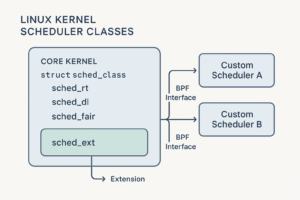
Meet the sched_ext Ecosystem
This article provides a deep dive into the major scheduler classes, their unique design goals, and the management utilities powering the system.

This article provides a deep dive into the major scheduler classes, their unique design goals, and the management utilities powering the system.
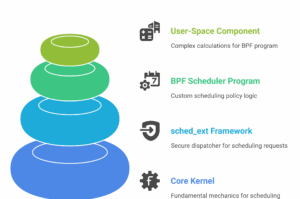
sched_ext is not a scheduler; it’s a framework that securely connects custom BPF programs to the core kernel. Its architecture consists of four distinct layers that separate responsibilities cleanly.

For decades, general-purpose schedulers like CFS and EEVDF, powered everything from phones to supercomputers. But with complex hardware and specialized software, the “one-size-fits-all” scheduling model began to crack. This tension set the stage for sched_ext.
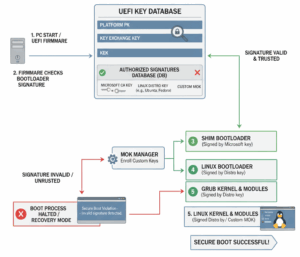
In this final installment of our series, we synthesize our exploration of diverse Linux boot processes by examining two critical, cross-platform themes: securing the chain of trust and ensuring system resiliency through atomic updates

Beyond PCs and general-purpose embedded systems lie platforms where the Linux boot process has been specialized to an extreme degree. In this installment, we explore three of these unique environments
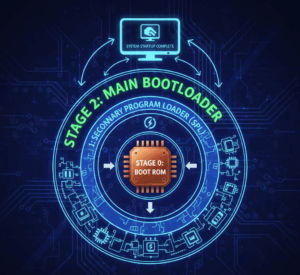
While the PC and server world has evolved towards the simplicity of Unified Kernel Images, the embedded systems domain—dominated by ARM and RISC-V architectures—operates under a completely different set of rules.
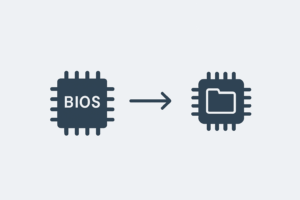
In the first part of our series, we established a four-stage framework for understanding any boot process. Now, we apply that model to the modern x86-64 PC and server, a world that has been reshaped by the move from the legacy BIOS to the Unified Extensible Firmware Interface (UEFI).

At its core, booting is a procedure that takes a system from inert hardware to a fully operational state. This happens across four fundamental stages, each building upon the last.

As the world races into the Edge AI era, the way we build and deploy smart devices is changing rapidly. From intelligent cameras and drones to next-generation industrial automation, modern systems demand not only smarter hardware, but also smarter software